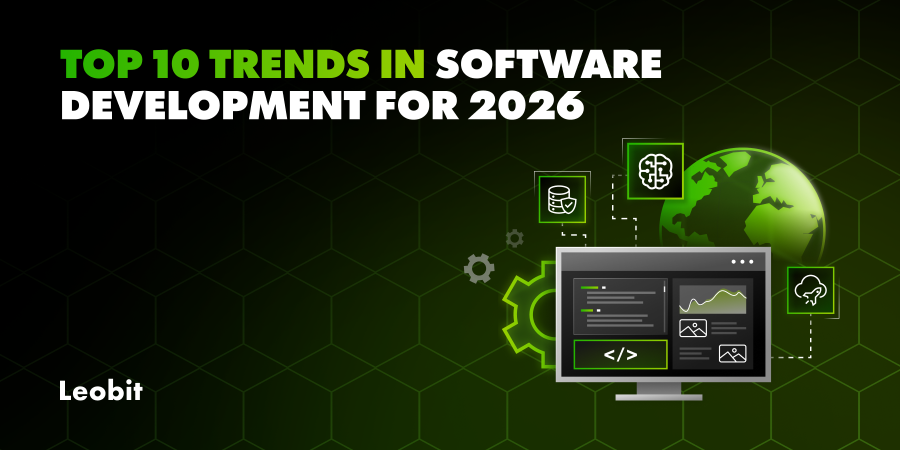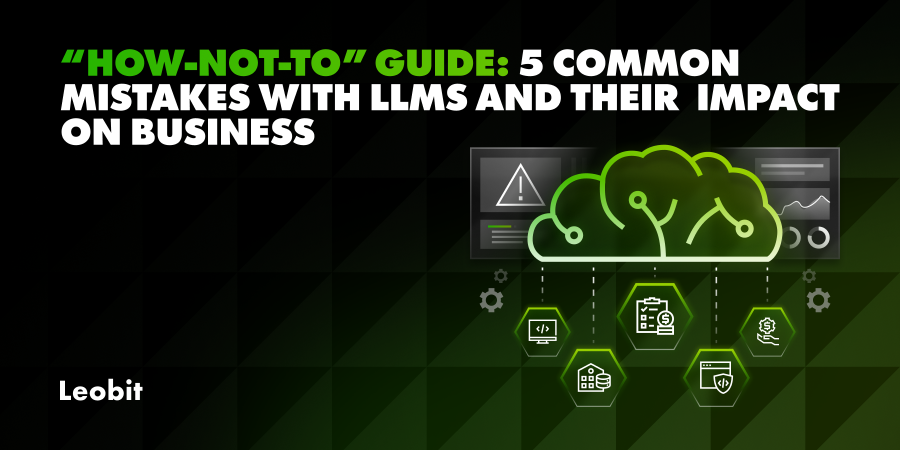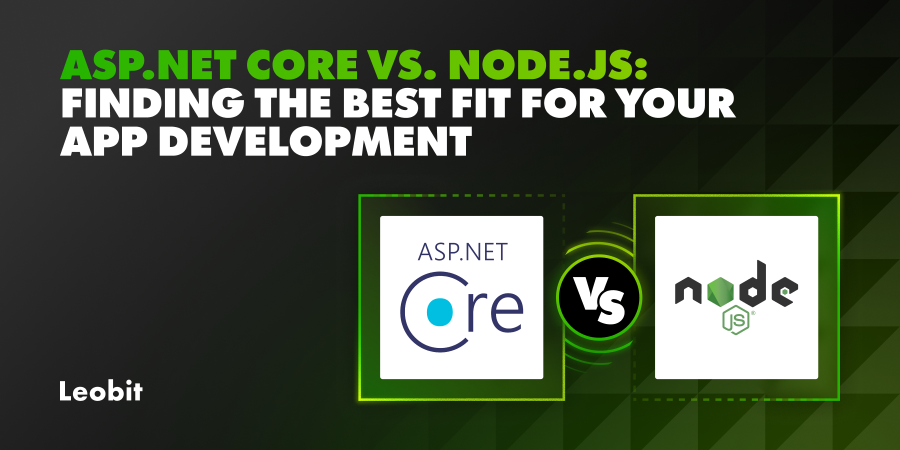The software industry faces a critical challenge: high project failure rates. A recent BCG survey of global C-suite executives revealed that more than 30% of their technology development projects ran over budget and behind schedule. The root causes of these failures often stem from misalignment between business and technology teams, unrealistic timelines, and inadequate resource allocation.

Another reason for budget overruns lies in the inaccurate total cost of ownership (TCO) estimation for building custom software. As the study suggests, many companies focus only on the initial development costs and don’t take into account ongoing expenses such as infrastructure, licensing, third-party services, maintenance, scaling, security, and operational support. However, these overlooked costs can add up over time, significantly impacting the overall budget.
Understanding what TCO means and what it comprises will let you better align your project budget with goals, avoid hidden expenses, and ensure long-term software viability. In this article, we’ll explore the costs that shape TCO in custom software development and ways to estimate it.
But first, let’s start by discovering why TCO is an important factor in financial decision-making.



















